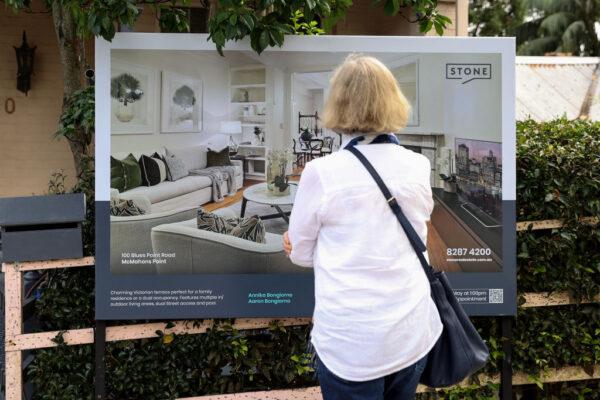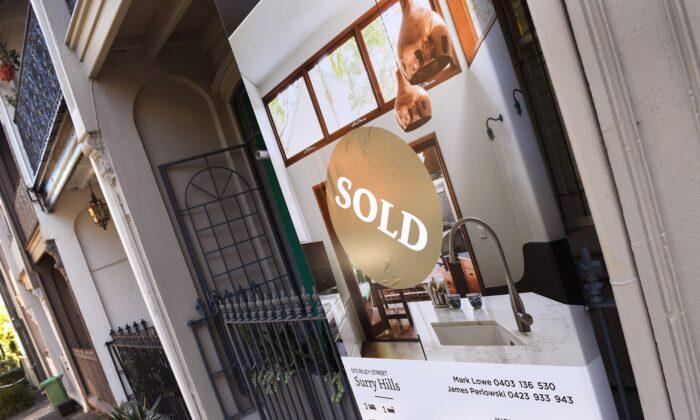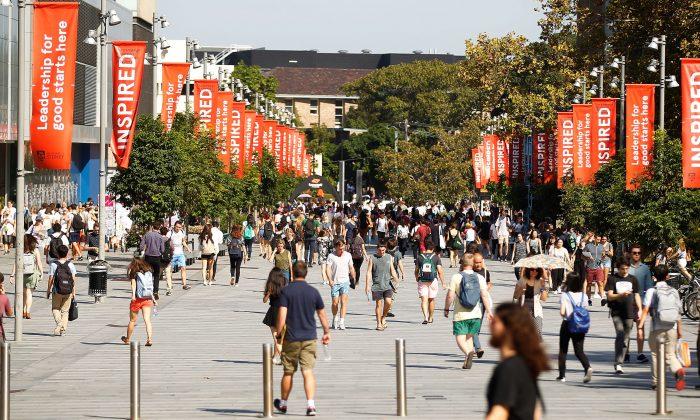Australia continued to see a downward trend in home values in November, but the pace of decline also slowed down, with the smallest monthly drop recorded since June.
Among the capital cities, Sydney and Melbourne saw the lowest drop in home values.
Specifically, while Sydney’s house prices slipped by 1.3 percent in November, Melbourne’s only dropped by 0.8 percent.
Australian Home Values Still Higher than pre-COVID-19 Levels
The CoreLogic report also noted that despite the consecutive drops in prices recorded so far in 2022, home values still remained higher than the pre-COVID-19 levels.As of November, dwelling values in Sydney and Melbourne stood 10.3 percent and 2.8 percent higher than at the onset of COVID-19, respectively, while prices in most other cities and regional areas were at least 25 percent above the March 2020 levels.

As the pace of decrease eased, CoreLogic’s research director Tim Lawless said there was a possibility that buyers had gotten used to the new market conditions.
Economists’ Response to House Price Movement
Although the sign of a slowdown in home value depreciation has been obvious in the past few months, economists have reasons to believe prices will not go up in the upcoming period.PropTrack senior economist Eleanor Creagh said in comments obtained by AAP that a likely 0.25 percent interest rate hike by the Reserve Bank of Australia in December would continue to drive up borrowing costs and reduce the maximum amount buyers can borrow. This, in turn, would lead to further price drops.
Meanwhile, AMP Capital economist Shane Oliver said that the average home-buying power of full-time workers, who could secure a 20 percent deposit, had plummeted by a quarter from around $600,000 (US$408,000) to $450,000.
“This demand side impact has been the key driver of home price falls so far but suggests there is much more to go,” he said in comments obtained by AAP.
“Past periods of property price falls experienced a few gyrations in the pace of price declines before prices ultimately bottomed.”
In addition, Oliver indicated that more problems might emerge in the housing market due to the weakening economy, the upcoming fixed mortgage hikes, and a significant number of fixed-rate home loans to be expired by the end of 2023.
As such, Oliver believed the downward trend in house prices would not end any time soon and predicted a 15 to 20 percent fall by the September quarter of 2023.






Friends Read Free